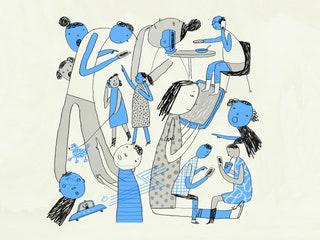The Battle for Attention

2024-04-29 词
But alarms of late have grown more urgent. Last year, the Organization for Economic Cooperation and Development reported a huge ten-year decline in reading, math, and science performance among fifteen-year-olds globally, a third of whom cited digital distraction as an issue. Clinical presentations of attention problems have climbed (a recent study of data from the medical-software company Epic found an over-all tripling of A.D.H.D. diagnoses between 2010 and 2022, with the steepest uptick among elementary-school-age children), and college students increasingly struggle to get through books, according to their teachers, many of whom confess to feeling the same way. Film pacing has accelerated, with the average length of a shot decreasing; in music, the mean length of top-performing pop songs declined by more than a minute between 1990 and 2020. A study conducted in 2004 by the psychologist Gloria Mark found that participants kept their attention on a single screen for an average of two and a half minutes before turning it elsewhere. These days, she writes, people can pay attention to one screen for an average of only forty-seven seconds.
免责声明:本文来自网络公开资料,仅供学习交流,其观点和倾向不代表本站立场。